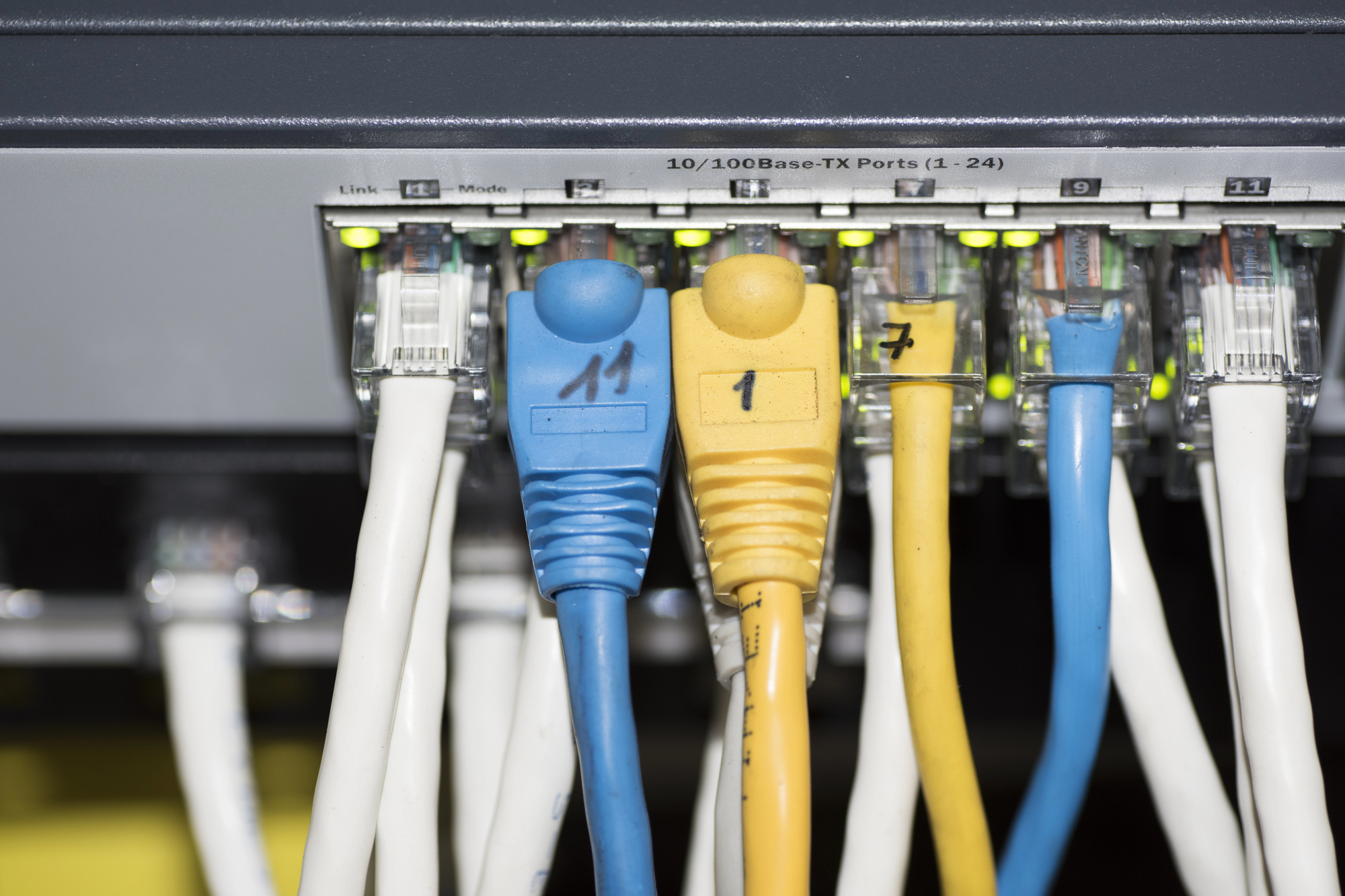This blog on unmanaged switches was submitted by Southern Forest Products Association associate member Opticom Tech. The original post can be found by clicking here.
There are hundreds of small and big choices to make when setting up a company’s network, especially if that network needs to be suitable for industrial applications. There are dozens of PCs, switches, laptops, industrial equipment, and cameras in a network — and they all have to work seamlessly together.
One of these choices comes up quite often when installing video monitoring systems for industrial customers: Should I go with managed or unmanaged switches? Customers typically choose unmanaged switches. However, this is not a one-size-fits-all answer, and you need to analyze your needs thoroughly before making a decision.
Keep reading for a quick primer and the reasons why unmanaged switches may make sense for your industrial video monitoring system.
Managed Switches Pros and Cons
As the name suggests, managed switches allow more control over their behavior than their unmanaged counterparts. For instance, they let users adjust each port to any setting, thus allowing greater control over the way data travels within the network and who can access that data.
Pros
- Advanced Control: Managed switches provide extensive control over network traffic, including VLANs, QoS, and port mirroring.
- Enhanced Security: They support various security protocols and features like port security, 802.1X authentication, and access control lists (ACLs).
- Scalability: These switches are ideal for growing networks, allowing for easy configuration and monitoring.
- Remote Management: You can manage these switches remotely using SNMP, CLI, or web interfaces.
- Improved Performance: You can prioritize traffic and minimize network bottlenecks through efficient traffic management.
Cons
- Cost: Managed switches are more expensive than unmanaged switches.
- Complexity: They require technical knowledge to configure and manage, which can increase the need for skilled IT staff.
- Maintenance: Regular updates and monitoring are necessary, adding to your operational overhead.
Unmanaged Switches Pros and Cons
These switches are plug-and-play devices with no complex configuration, suitable for smaller networks and video monitoring in industrial environments.
Pros
- Simplicity: Unmanaged switches are easy to use with no configuration needed — simply plug in the cables and go.
- Cost-effectiveness: They are significantly cheaper than managed switches, making them ideal if you want to keep costs under control.
- Low Maintenance: Unmanaged switches require minimal upkeep, freeing up time and resources.
Cons
- Limited Control: With unmanaged switches, you have no ability to manage network traffic or prioritize certain types of data. However, that can be a good thing.
- Security: Unmanaged switches lack the advanced security features of managed switches. However, the complexity of managed switches make them a security risk in inexperienced hands.
- Scalability Issues: They are not ideal for very large and growing networks that may need more advanced management and control features in the future.
Unmanaged Switches for Industrial Video Monitoring
When you choose to use managed switches, the people who manage them, whether in-house or external, can become a bottleneck.
Unmanaged switches eliminate the extra tasks and put the video network in your control. More importantly, they let all the data flow, which is important for video. An up-and-running video system means up-and-running production. Without the risk of data bottlenecks, unmanaged switches offer reliability so you can keep production in process.
Managed switches, on the other hand, come with several speeds or bandwidth amounts and they allow custom settings. Most IT departments will create rules or limited speed and bandwidth. This can cause network issues once the set bandwidth has been met. Usually, this will cause other devices to drop off the network or it will freeze devices until bandwidth has dropped or has been freed up.
Similarly, this can cause quite a few problems for PCs that can no longer communicate correctly with the NVRs or the cameras.
Click here to learn more from Opticom Tech.
Not an SFPA member? Learn more about becoming a member of the Southern Forest Products Association here.
